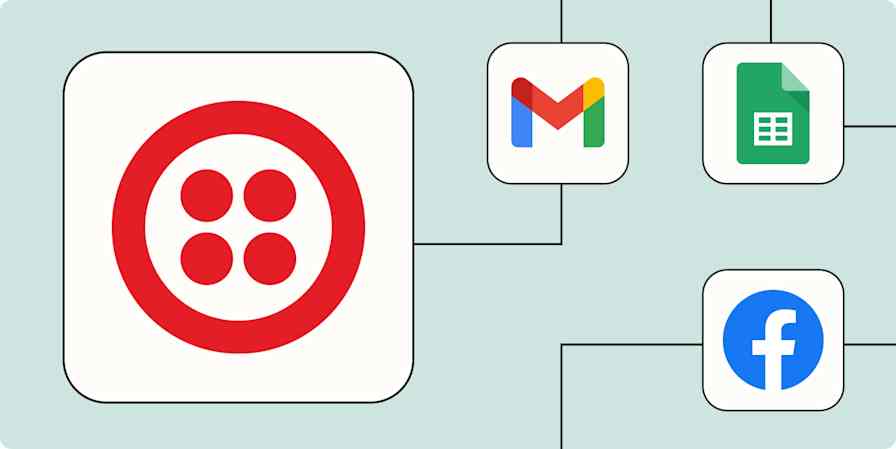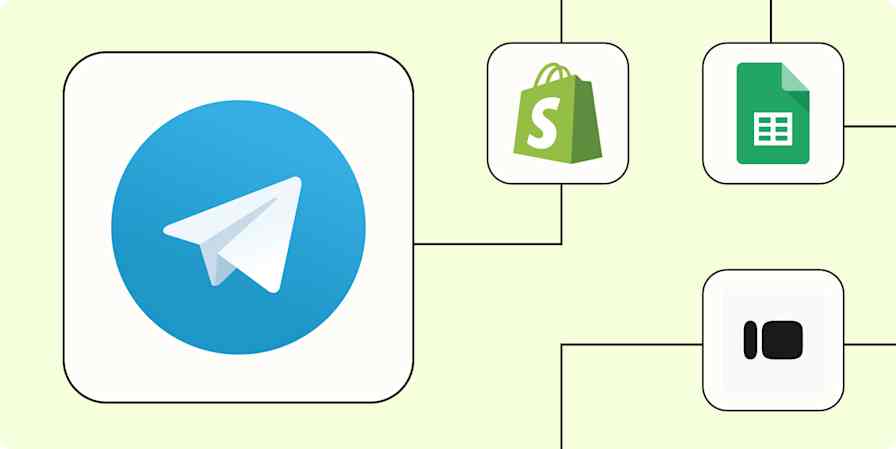Automation inspiration
7 min readHow to Build a Smarter International Phone with Twilio in Just 15 Minutes
By Matthew Guay · September 9, 2014

Get productivity tips delivered straight to your inbox
We’ll email you 1-3 times per week—and never share your information.
mentioned apps
Related articles
Improve your productivity automatically. Use Zapier to get your apps working together.








